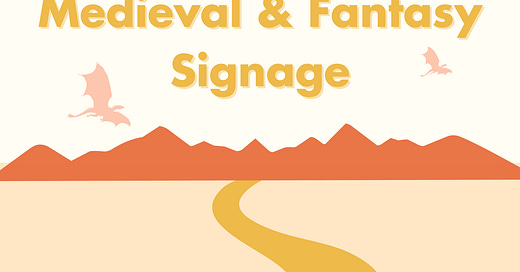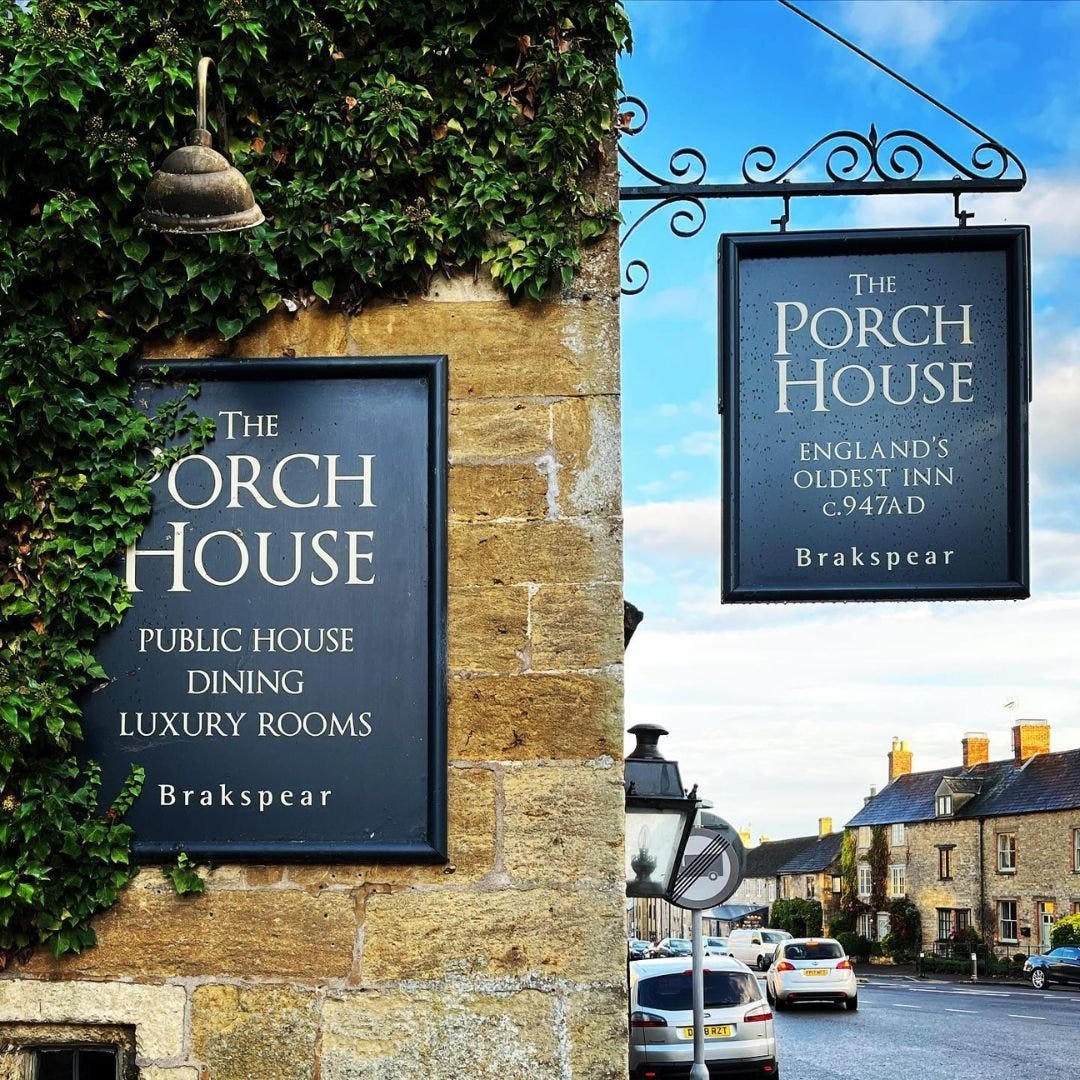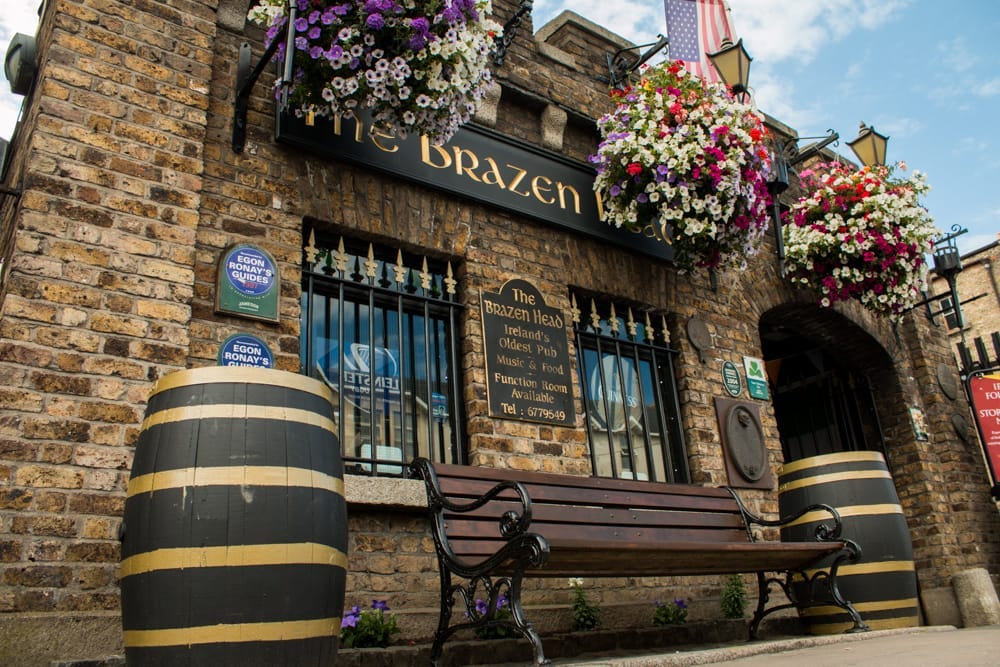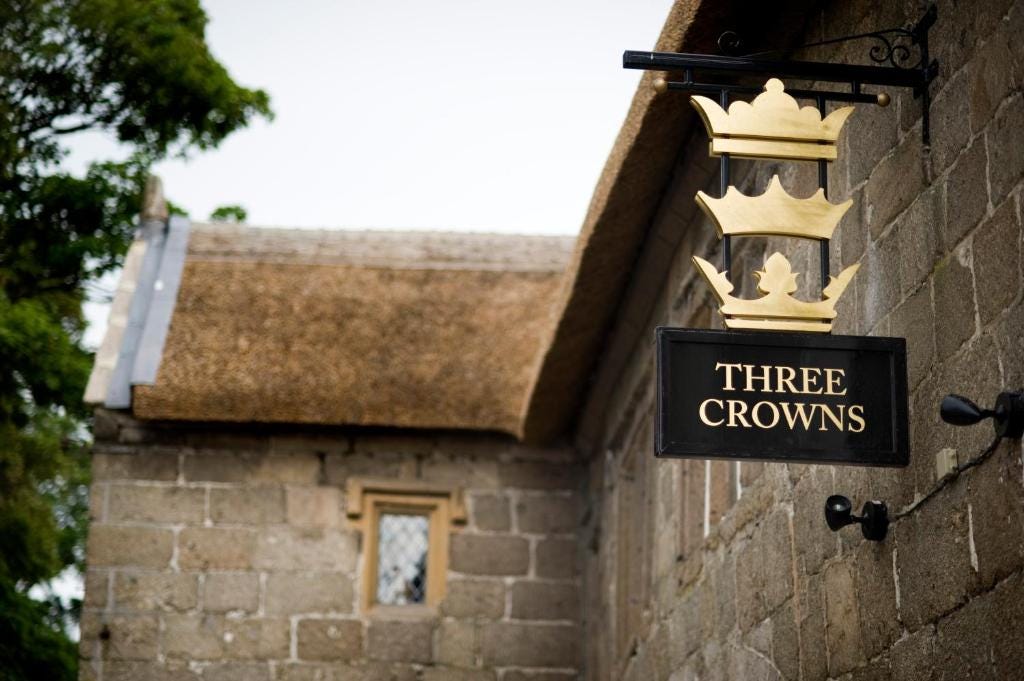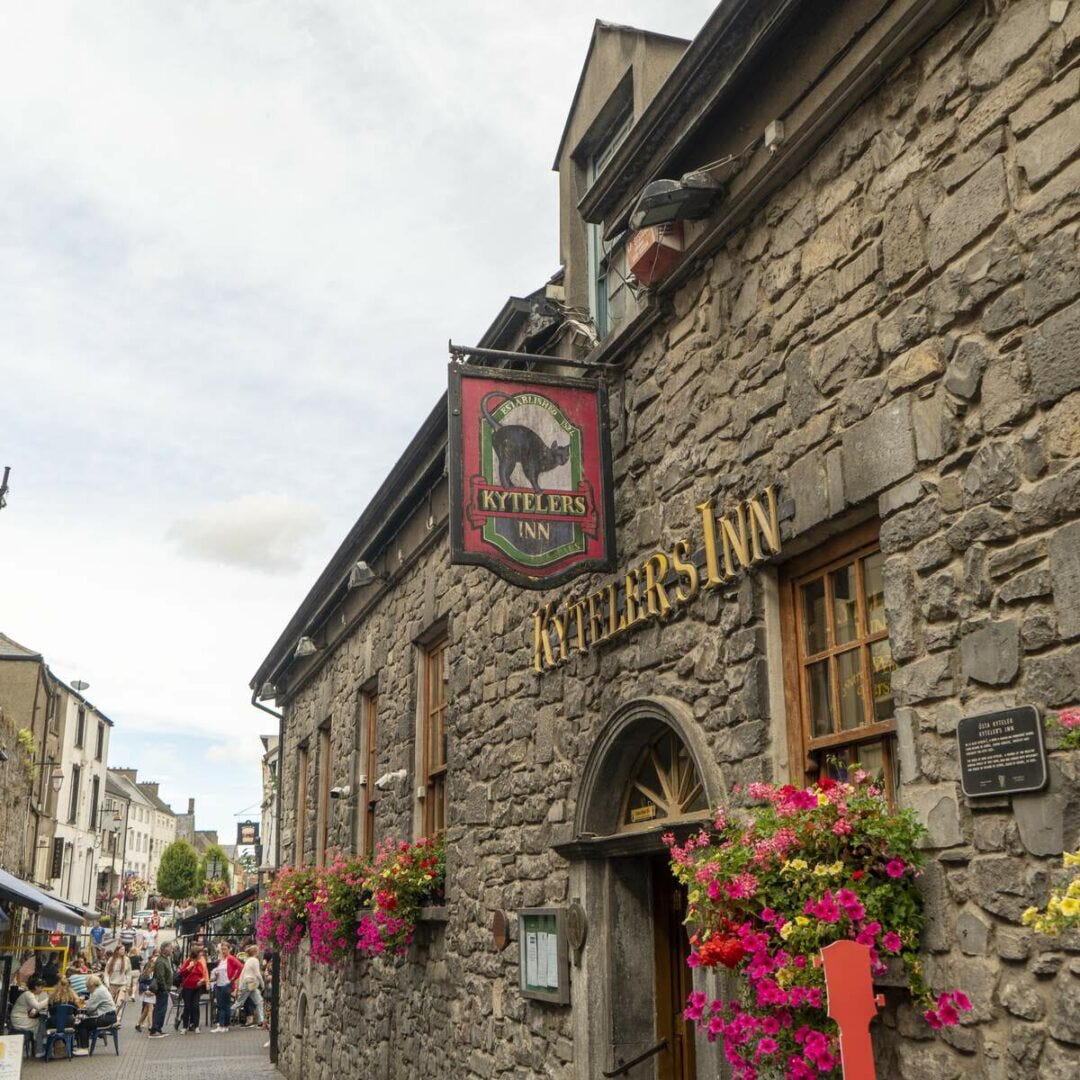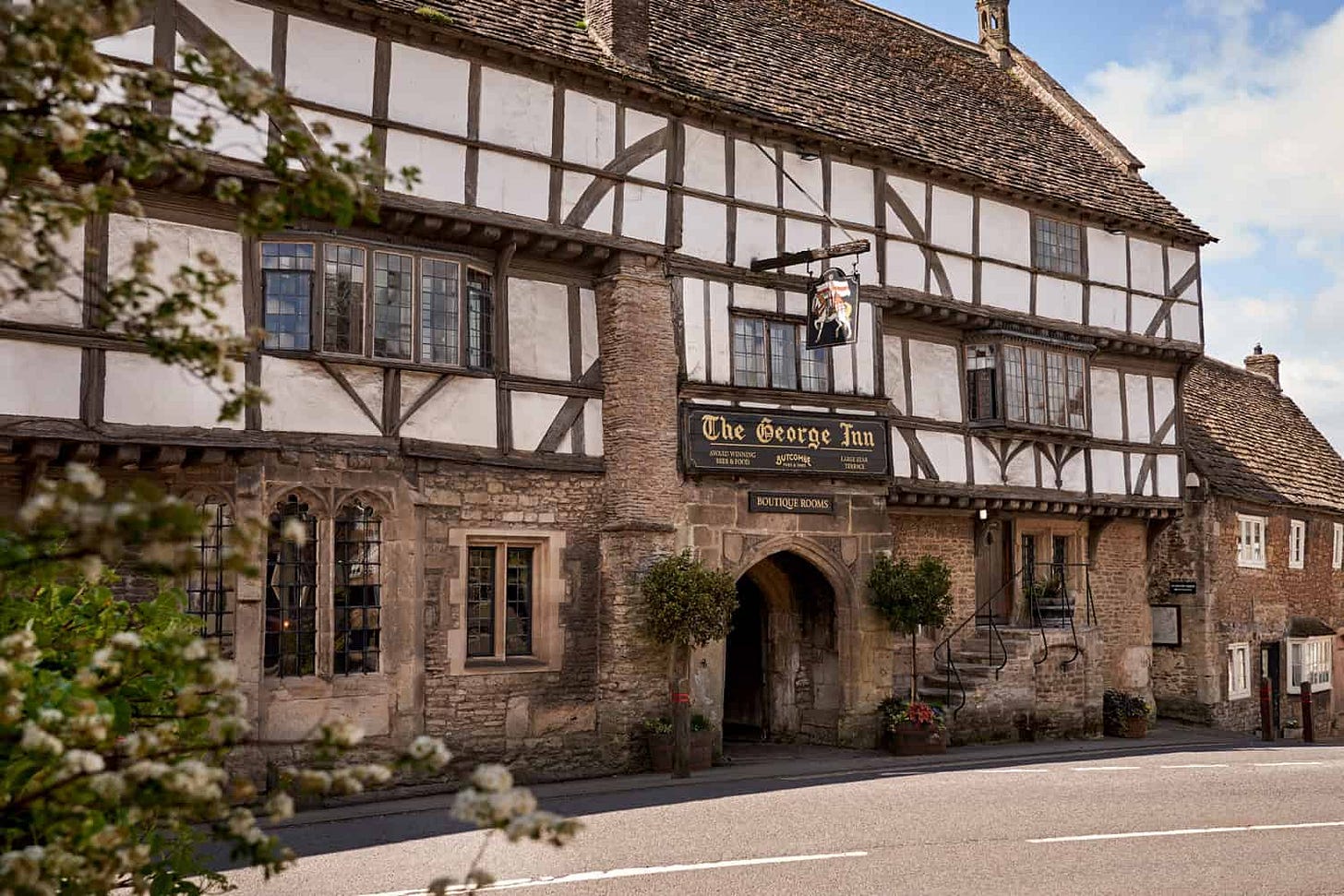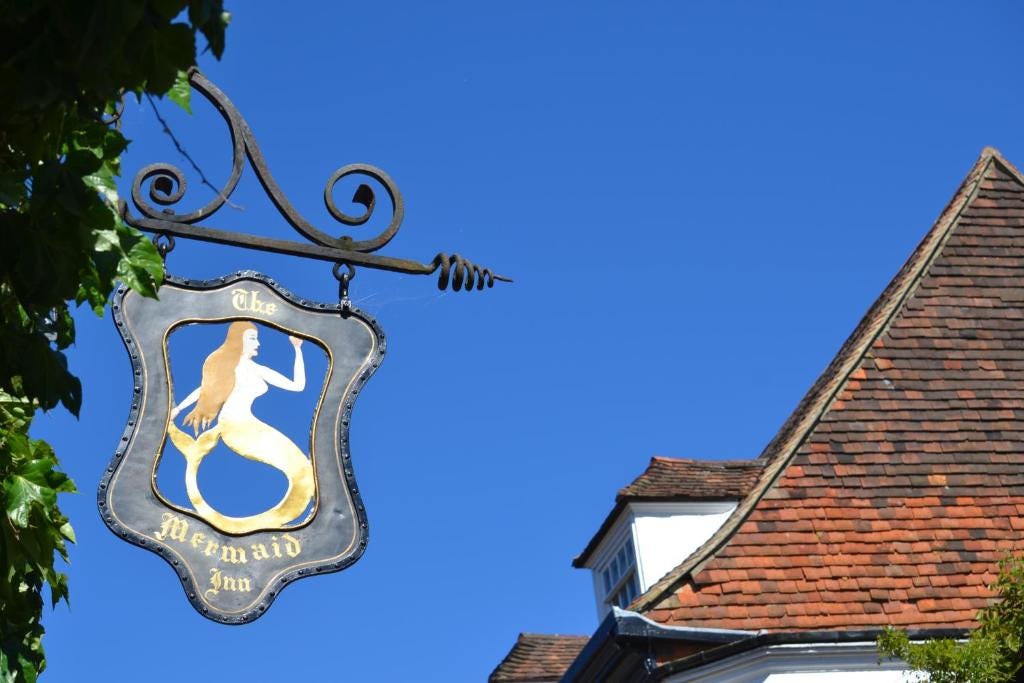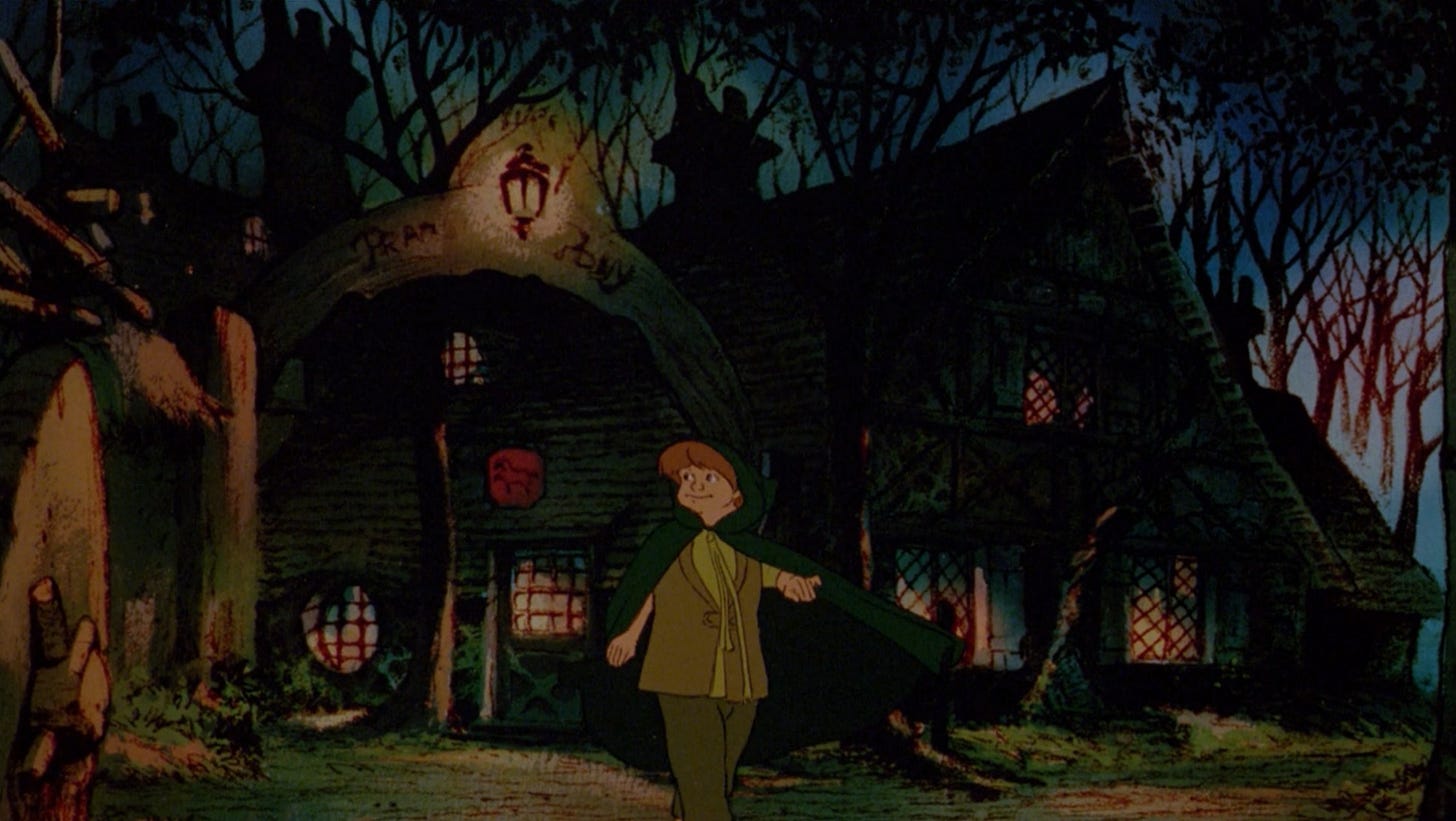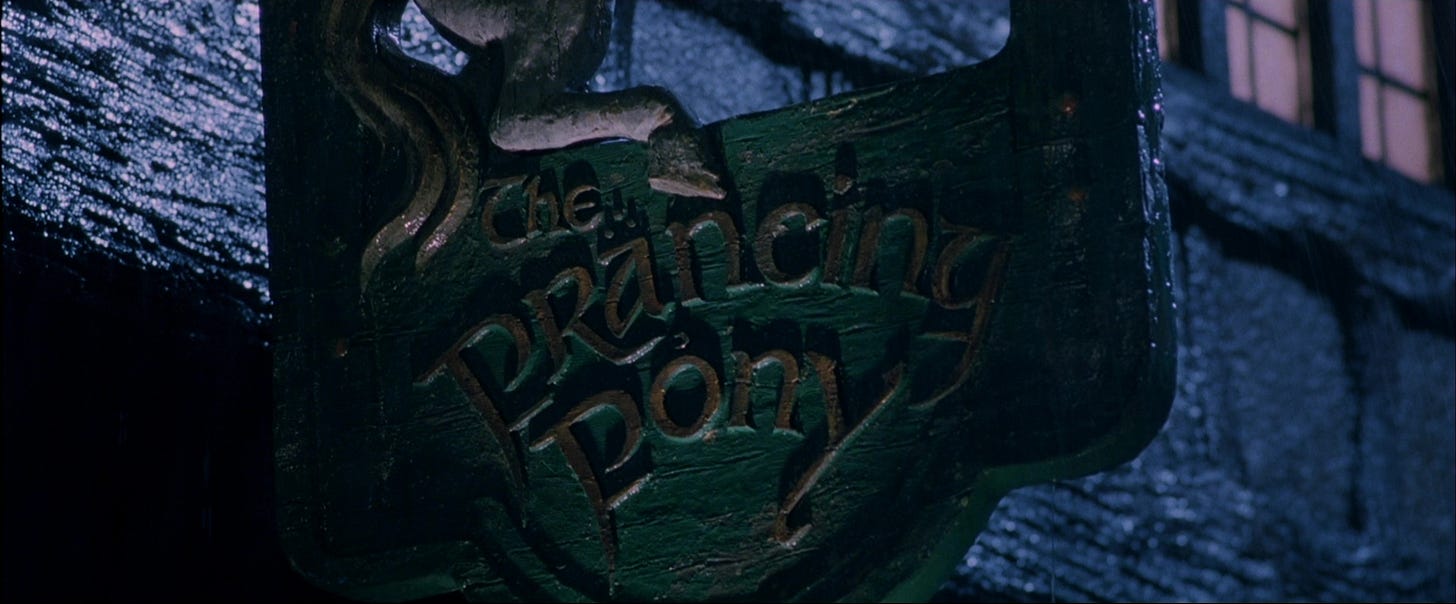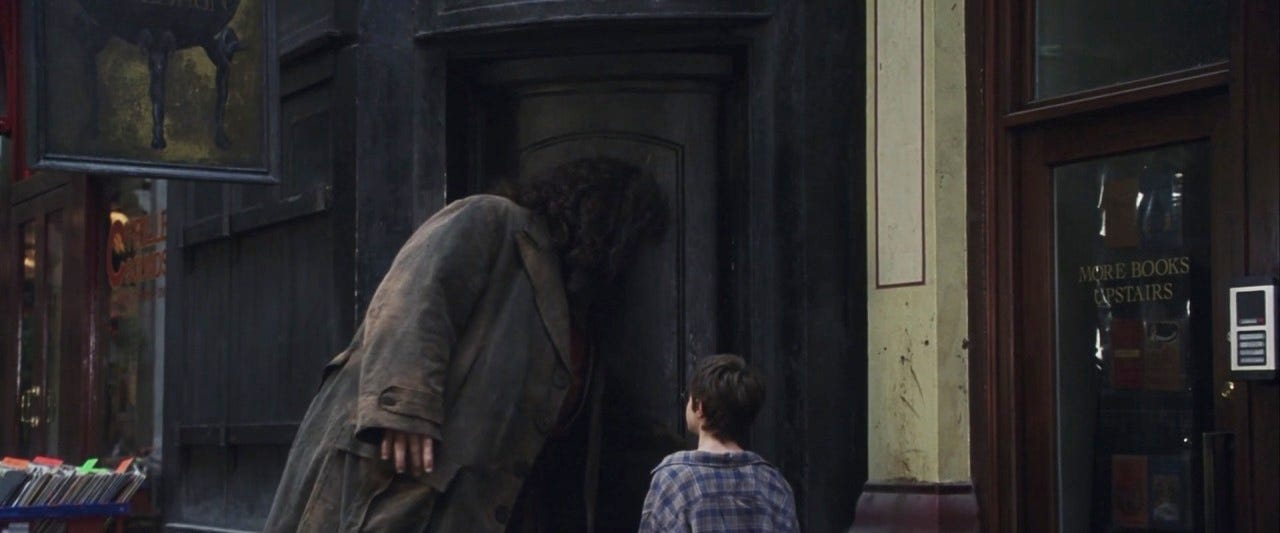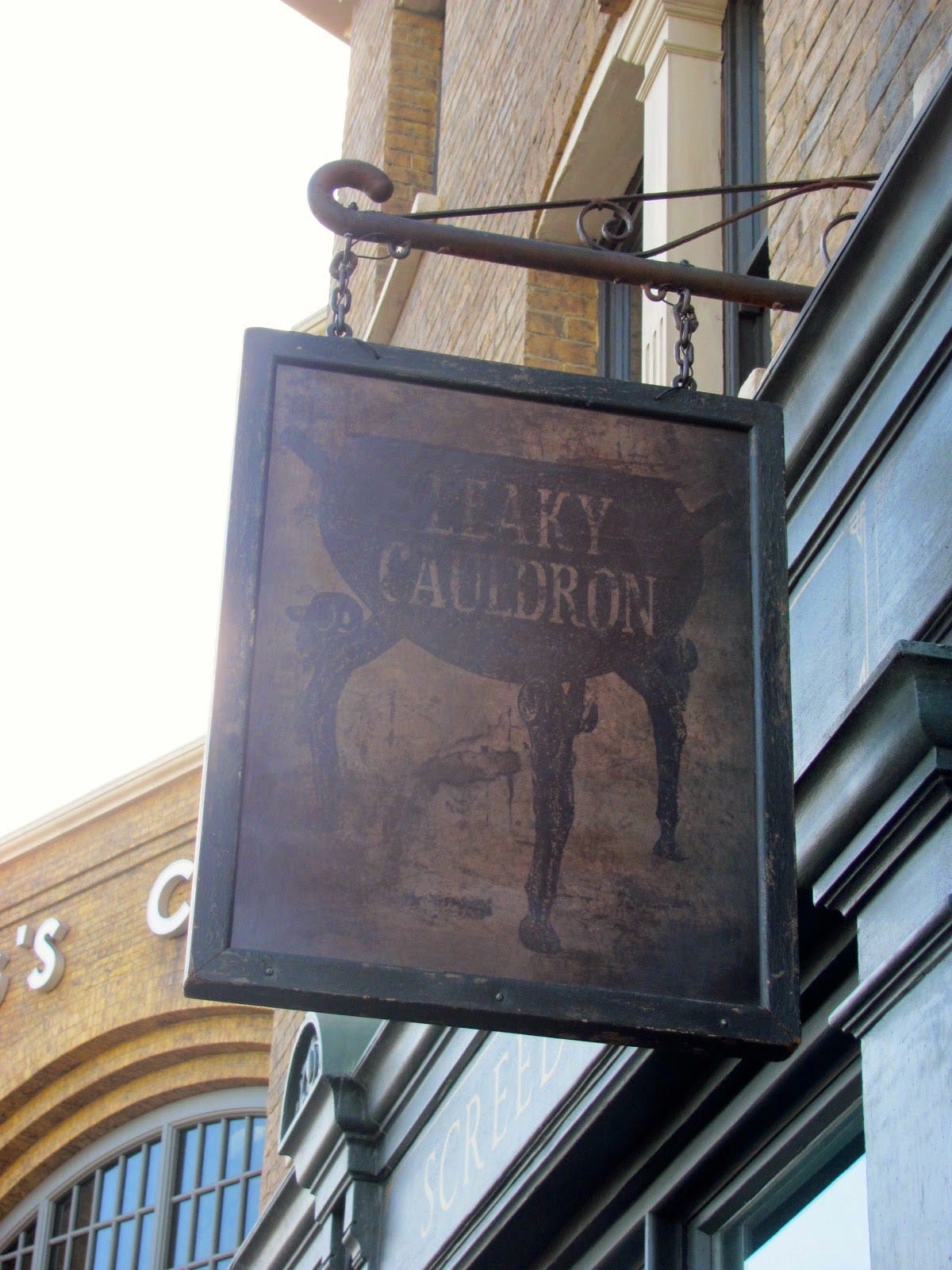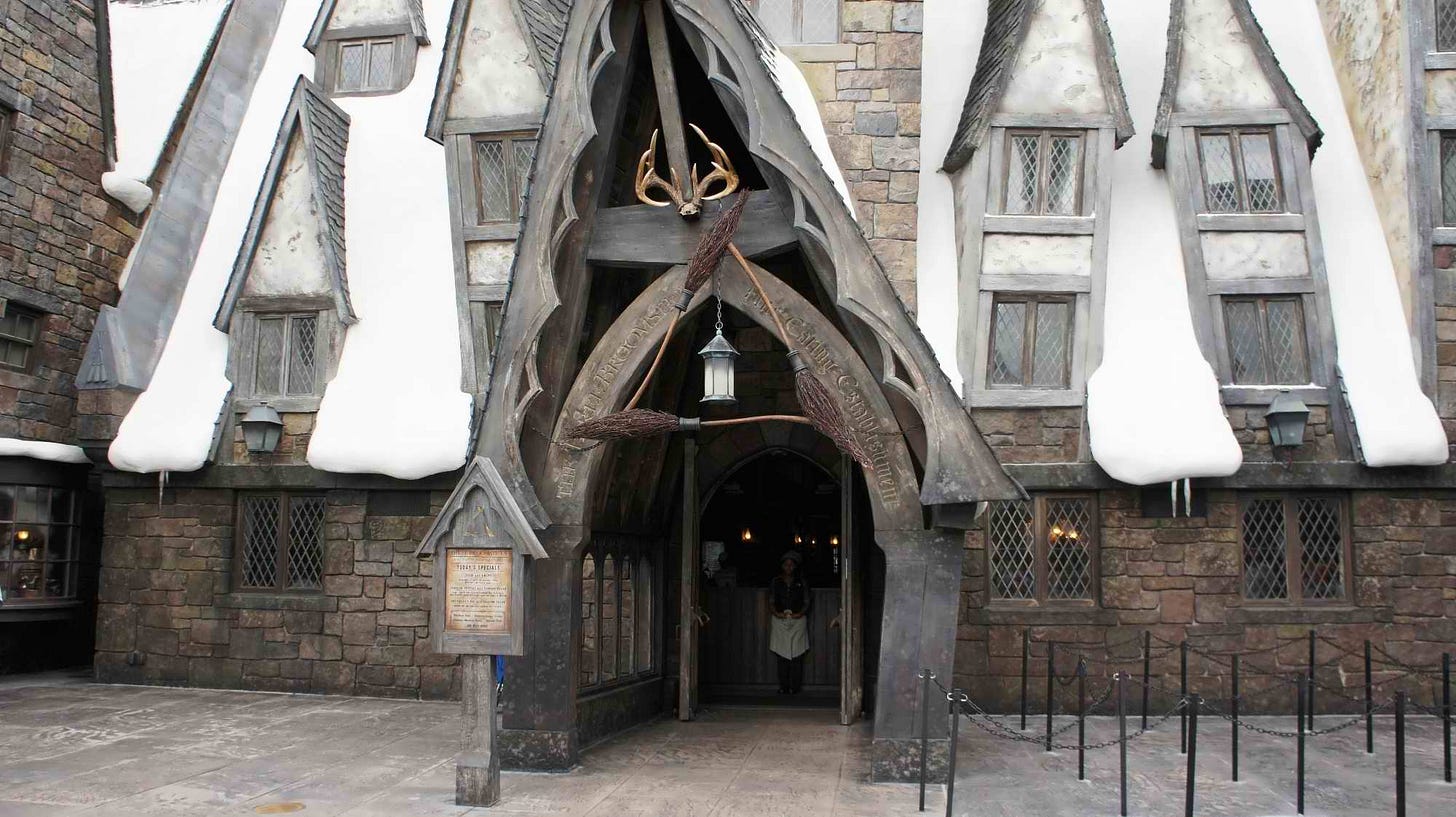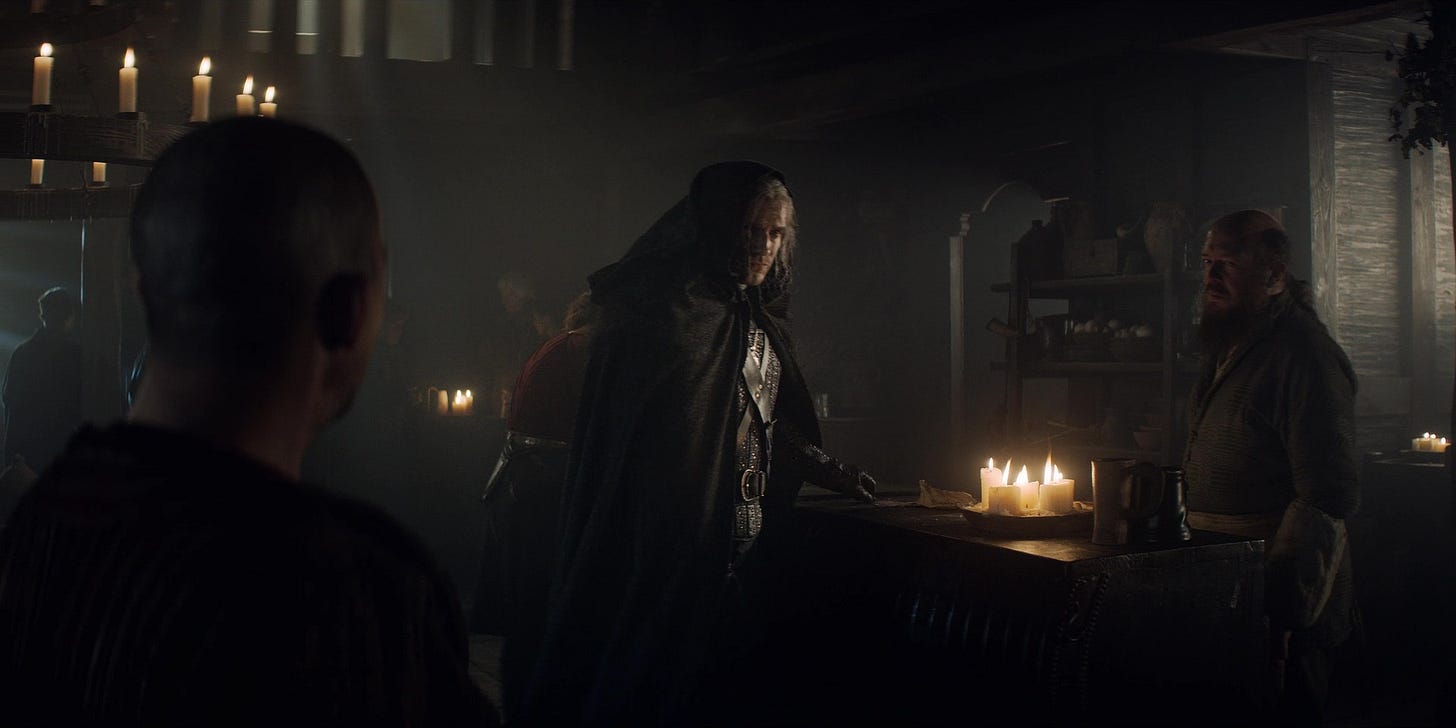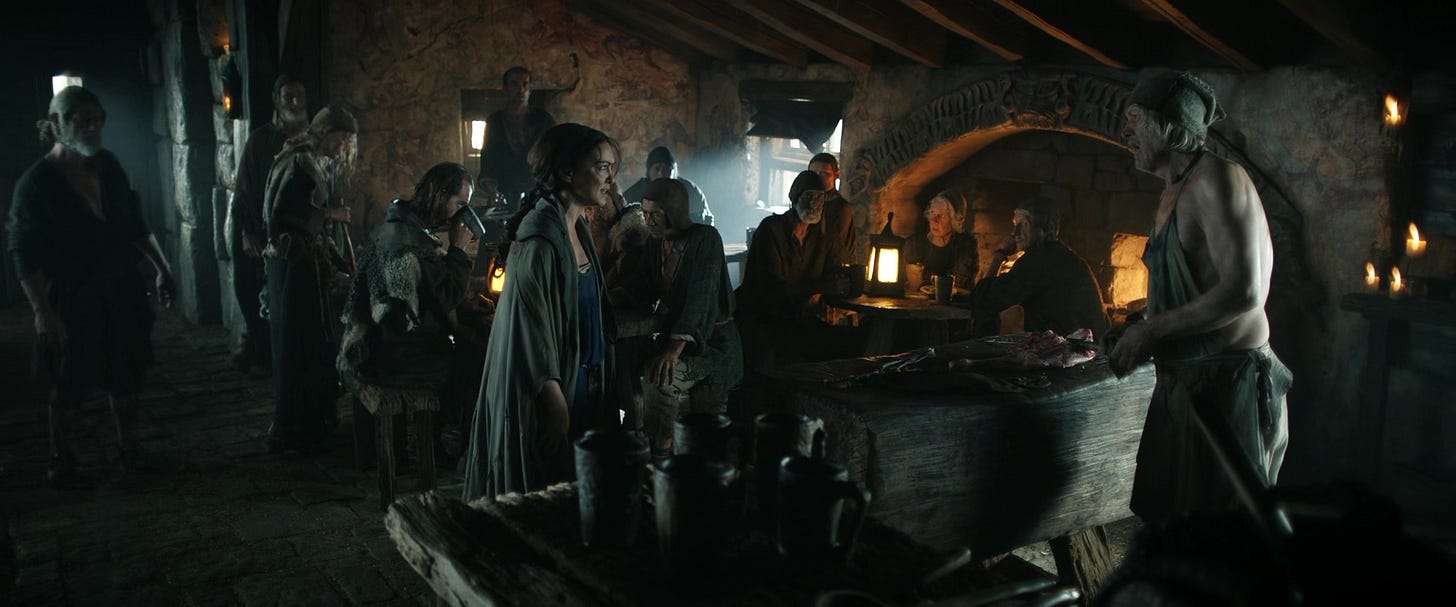A Journey Through Medieval & Fantasy Signage
Explore signs from historical and fictional pubs, taverns, and inns.
Fantasy is my favorite genre for movies, television shows, and especially books.
Our world possesses its own unique magic, but that doesn’t stop me from venturing into other realms. If a tale has fairies, elves, or dragons, I’ll dive in headfirst. No questions asked.
Traditional high-fantasy stories are typically set during a period that resembles our Medieval Era in Europe. Also known as the Middle or Dark Ages, it lasted from the collapse of Roman civilization in the 5th century A.D. to the beginning of the Renaissance, coinciding with the fall of Constantinople in 1453.
Countless individuals shaped the tumultuous years in between. Powerful royals like Emperor Justinian I (Justinian the Great), King Charles the Great (Charlemagne), Queen Eleanor of Aquitaine, and King Richard I (Richard the Lionheart). Religious figures like St. Hildegard of Bingen, St. Francis of Assisi, St. Thomas Aquinas, and St. Joan of Arc. Authors like Dante Alighieri, Chrétien de Troyes, Christine de Pizan, and Geoffrey Chaucer. Artists like Gisela von Kerssenbrock, Giotto, Filippo Brunelleschi, and Donatello. Innovators like Trotula Plataerius, Leonardo Fibonacci, Roger Bacon, and Johannes Gutenberg.
Johannes Gutenberg established the basics of his printing press with metal movable type around 1440. Before this, every book was printed by hand in scriptoria (writing rooms) within monasteries. As more books were mass-produced across the continent, scientists, philosophers, politicians, and religious officials could share their discoveries with larger audiences. Historians classify this important event as the beginning of the “Information Revolution.”
Long before printed materials became widely accessible, citizens gathered in pubs, taverns, and inns for the latest news. Throughout history, these establishments served as social and commercial hubs, where locals gathered to discuss business deals, politics, or town gossip. As merchants, pilgrims, and military personnel traveled along ancient roads, they exchanged ideas, stories, and customs at rest stops, inadvertently spreading cultural traditions.
What is the difference between Medieval pubs, taverns, and inns?
Pubs promoted revelry, serving alcoholic drinks, especially beer or cider, instead of food.
Similar to modern-day restaurants, taverns provided plentiful drinks and simple meals to the public. The setting, more intimate and upscale than pubs, allowed patrons to negotiate deals and conduct business. When taverns were licensed to rent rooms to travelers, they were subsequently classified as inns.
Of the three establishments, inns were the largest and most expensive. Besides a lavish dining experience, they offered customers, primarily travelers, finer amenities like private lodging and stables. They were built by monasteries, guilds, and private entrepreneurs.
During the Medieval Era, the majority of the population couldn’t read or write. Instead of featuring words, most pubs, taverns, and inns possessed wooden signs with decorative emblems. Examples included tankards or other obvious, alcohol-related symbols. Designs later included roses, crowns, shields, swords, crests, or even portraits. Names directly referenced the images. For example, if a sign featured a hand-painted rose and crown, a potential customer might say, “I’ll meet you at the Rose and Crown.”
These types of signs are also common in fictional realms. When characters approach an establishment, it’s the first thing they observe.
In fantasy stories, heroes—sometimes reluctantly—embark on an epic quest filled with dangerous twists and turns. They may hope to defeat the evil overlord, rescue a princess, discover hidden powers, or retrieve forbidden treasures. Either way, the protagonist and their accomplices are almost always guaranteed to encounter a pub, tavern, or inn while pursuing their goals. Even the most fearsome warriors require rest, food (hunks of bread and aged cheeses), drinks (tankards of sloshing mead or ale), and other important provisions.
You will find these elements across many fantasy novels, most notably in J.R.R. Tolkien’s The Lord of the Rings when Frodo, Sam, Merry, and Pippin expect to meet Gandalf at the inn called The Prancing Pony. You might also remember The Leaky Cauldron, a wizarding pub in J.K. Rowling’s Harry Potter series. Other examples include George R.R. Martin’s Inn at the Crossroads (Game of Thrones), Andrzej Sapkowski’s The Golden Court (The Witcher), Sarah J. Mass’ The White Pig Inn or The Sea Dragon (Throne of Glass), Terry Pratchett’s The Mended Drum (Discworld), or Brandon Sanderson’s The Ornery Chull (The Starlight Archive).
If you’re searching for some signage inspiration, explore famous examples from history or your favorite enchanting books, films, and TV shows.
HISTORICAL
*While these “historical” pub, tavern, and inn signs are not the originals, they depict the characteristic charm from centuries past.
THE PORCH HOUSE (Est. 947 A.D.)
Location: England
THE BRAZEN HEAD (Est. 1198 A.D.)
Location: Ireland
THREE CROWNS (Est. 13th century)
Location: England
KYTELLER’S INN (Est. circa 1324 A.D.)
Location: Ireland
THE GEORGE INN (Est. 1397 A.D.)
Location: England
The Mermaid Inn (Est. 1156 A.D. but rebuilt in 1420 A.D.)
Location: England
FICTIONAL
THE PRANCING PONY (Inn)
Films: The Lord of the Rings (1978) + The Lord of the Rings: The Fellowship of the Ring (2001)
THE LEAKY CAULDRON (Pub)
Film: Harry Potter and the Sorcerer’s Stone (2001)
THE THREE BROOMSTICKS (Inn/Pub)
Film: Harry Potter and the Half-Blood Prince (2009)
FICTIONAL BONUS CONTENT (INTERIORS ONLY)
INN AT THE CROSSROADS
TV Show: Game of Thrones (2011-2019) | Season 4 - Episode 1
THE GOLDEN COURT (Inn)
TV Show: The Witcher (2019- ) | Season 1 - Episode 1
THE GREAT WAVE (Tavern)
TV Show: The Lord of the Rings: The Rings of Power (2022- ) | Season 1 - Episode 2
Books transport audiences to faraway lands, but there’s simply nothing like seeing fantastical places in films and television shows. Masterful production designers and set decorators translate every key detail from the source material, bringing the impossible to life. Sometimes, the on-screen visuals are so detailed and believable, that it’s easy to forget that you’re not traversing Middle-earth, Westeros, Narnia, and other lands.
Fortunately, many centuries-old structures and monuments still stand across the globe. Traveling grants us the opportunity to visit historically significant places and imagine what life would’ve been like for people during the Middle Ages and long before.
Which historical or fictional pub, tavern, or inn would you like to visit?


